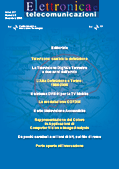 |
Cover |
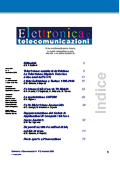 |
Contents |
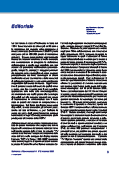 |
G.F. Barbieri
Editorial |
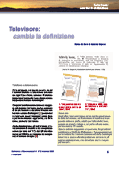 |
Marzio Barbero and Natasha Shpuza
TV set: definition changes
In few years we see a fast changement of television, and the tv set becomes a large flat screen, suitable for high definition, or a a small display, handheld, to receive the mobile TV. This article suggests a path among the articles issued in 2005 by Elettronica e Telecomunicazioni, to move among the recent changements in tv tachnology and provides some help to understand the terminology, English based, more and more common |
 |
Marzio Barbero and Natasha Shpuza
Digital Terrestrial Television, two years after
a short description of DTT, Digital Terrestrial Television, after two years from the start of service in Italy, where nearly three million of families are equipped with an interactive set-top-box.
|
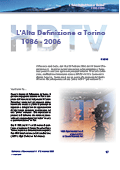 |
Marzio Barbero and Natasha Shpuza
High Definition in Turin: 1986 - 2006
Piedmont will be the scene, from 10th to 26th February 2006, of the XX Olympic Winter Games. In a few Piedmontese areas, especially in Turin, we will be able to follow the main events broadcasted as HDTV, coded with the new MPEG-4 AVC and through digital terrestrial network. Torino is used, thanks the presence of the Research Centre of Rai, at a "First HDTV Event", twenty years ago...
|
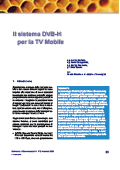 |
Andrea Bertella, Paolo Casagranda, Davide Milanesio e Mirto Tabone
System DVB-H for Mobile TV
DVB-H(Digital Video Broadcasting – Handheld) technology allows the reception of tv pictures on handheld set, using the broadcasting network, and ovecomes the problems, mainly due to the network costs, of using the cellular networks to distribute mobile TV. The articles describes in details the DVB-H system, dedicated to sets with a small display and providing functionalities shared with other applications: specific add-ons and improvements over DVB-T are highlighted, expecially in terms of protection of transmitted data and battery life. In addition, it presents an overview of DVB-H sets and of the status of standardisation, thanks the projects for now active trials, where the Research Centre of Rai is actively contribuiting. |
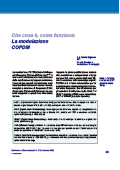 |
Vittoria Mignone
COFDM modulation
COFDM (Coded Orthogonal Frequency Division Multiplexing) modulation is expecially suitable to digital transmission over frequency selective channels. It has been adopted for broadcast standards as DVB for radio, DVB-T for television, wired (ADSL) and wireless (WiFi and WiMAX) networks
|
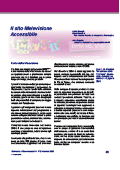 |
Carlo Bonugli, Mario Muratori, Alice Capello
Melevisione Accessible Web Site
A new accessible version of Melevisione web site has been added on December 2005. Since its birth, on January 2005, the web site associated with "Melevisione", a RaiTre tv programme, has obtained an increasing success both among children, the target audience, and adults. This accessible version has been developed to provide univesally accessibility, for disabled people, specifically with vision problems, and for users out-of date equipped or low-capacity internet connected, too. |
 |
Maurizio Montagnuolo
Colour Representation in Computer Vision and Image Analysis Applications
Color helps to define the appearance of objects. Its study involves many research disciplines, including engineering, physics, physiology and psychology. Colorimetry, which derives by merging these disciplines, is the science of measuring colors. This article talks about physical, physiological and psychological aspects of color. In addition, mathematical color models for Computer Graphics and Image Analysis applications are presented. |
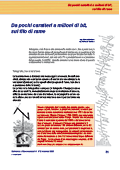 |
Marzio Barbero e Natasha Shpuza
From a Few Characters to Millions of Bits, on the Copper Wire
Copper wire, which connects our homes, until a few years ago had only the scope to allow us to telephone: in a few years it is becoming one of the flexible and wide channel to bring us all the internet applications, from web to TV and likely, in the near future, HDTV as well. This article provides a short history of this metamorphosis and revolution. |
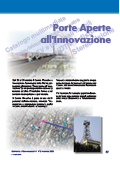 |
Open Doors to Innovation
Research Centre of Rai is one of the centres constituting the path of innovation, an initiative held from 25th to 29th October 2005. 300 visitors have been received to visit the Centre, where some of the research themes have been illustrated. |